Empathy is often seen as a distinctly human trait, yet elephants might just have us beat in that department. These gentle giants display an array of emotional intelligence and empathy that sometimes surpasses what you see in people. From their responses to distress to their nurturing nature, elephants provide profound lessons in emotional connections. Here are 10 ways elephants exhibit more empathy than most people.
1. Comforting the Distressed
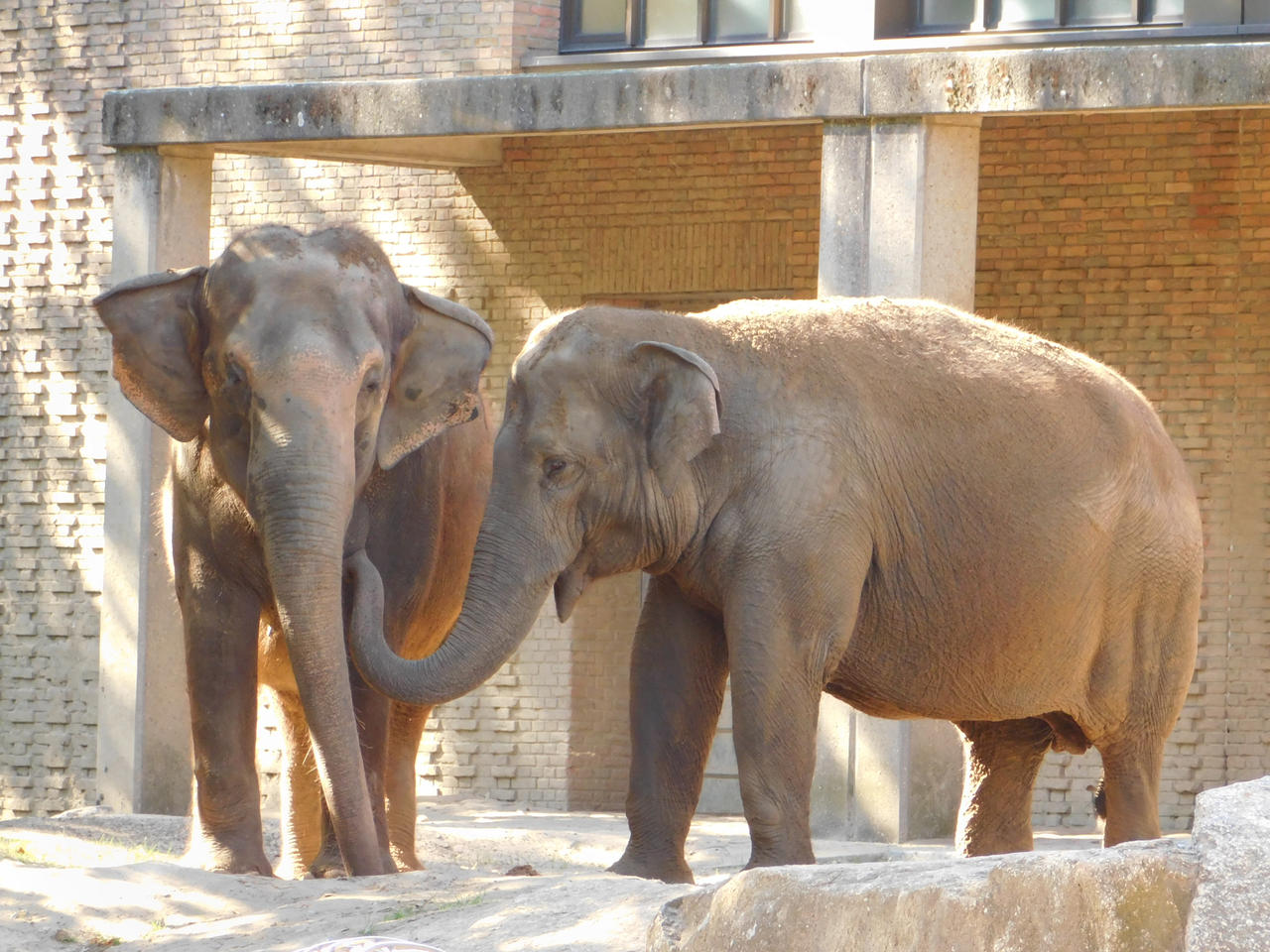
When an elephant notices another in distress, it approaches them softly, offering gentle touches with its trunk — a behavior akin to a human hug. This soothing gesture is not just a social obligation but a heartfelt attempt to alleviate the suffering of another. You might even notice them producing a comforting rumble, which serves to calm the anxious elephant. The depth of their emotional understanding is something many people could learn from.
Research published in the journal PeerJ highlights that elephants frequently respond to distress in their peers with these comforting gestures. This study suggests that such behavior is not only an indication of empathy but also of complex social structures. Elephants’ ability to discern emotional states in others and act accordingly demonstrates a depth of empathy that transcends mere instinct. It’s a quality that speaks volumes about their emotional intelligence and social awareness.
2. Mourning Their Dead
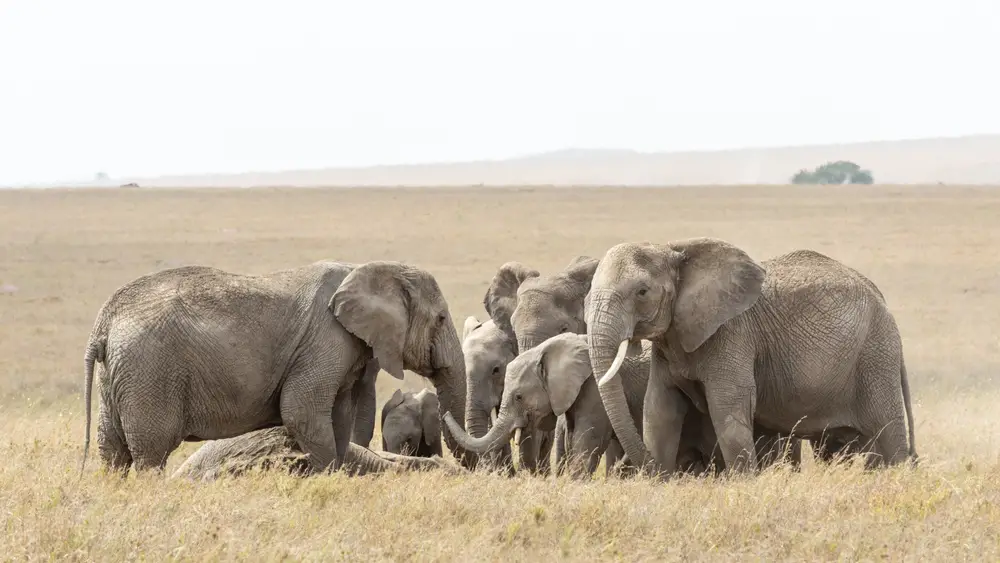
Much like humans, elephants have a profound understanding of life and death, mourning their deceased with touching rituals. When an elephant passes, the herd gathers around, caressing the body with their trunks and standing vigil. This behavior signals a deep-seated respect and recognition of the life that once was, not unlike human mourning practices. It is as if they understand the gravity of loss and the emptiness it leaves behind.
This mourning period can last for days, during which elephants may even cover the body with leaves and branches. Their lingering presence is a testament to the bonds that are hard to break, even in death. Remarkably, elephants have been observed to revisit the bones of their deceased, gently touching them as if to pay their respects. This behavior underlines a level of empathy and memory that many people find deeply moving and relatable.
3. Celebrating Births
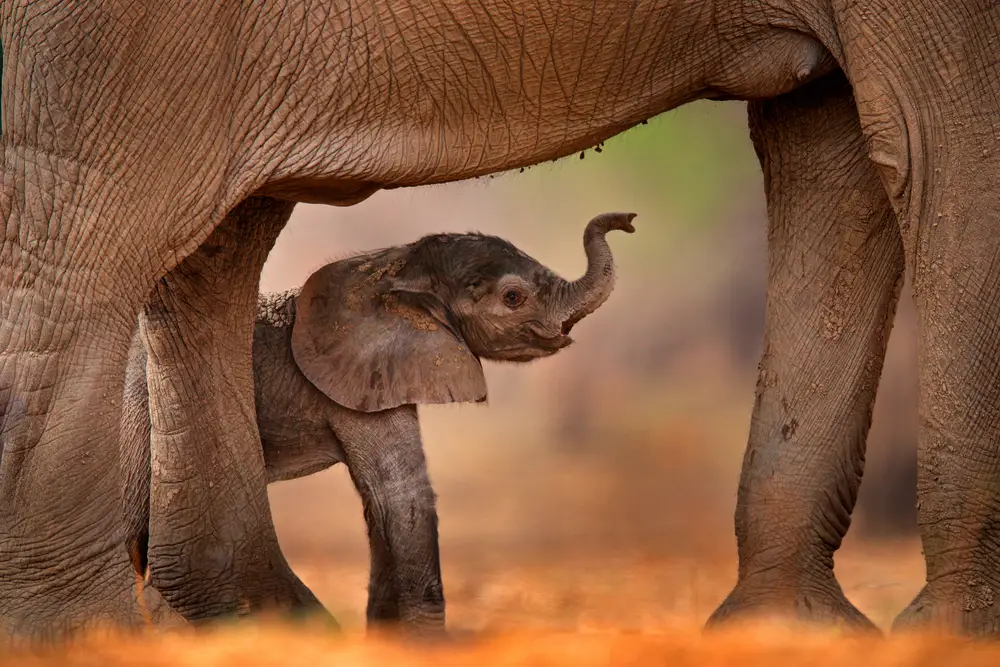
When a new elephant calf is born, the herd erupts in a celebration of life. They trumpet joyously, surrounding the newborn and its mother, offering protection and warmth. This communal support system is vital for the calf’s survival, showcasing a shared sense of responsibility and care. The herd’s collective joy mirrors the jubilation seen in human communities when welcoming a new baby.
According to a study from the University of Sussex, these celebrations are crucial for reinforcing social bonds within the herd. The researchers noted that the collective behavior of the herd helps in the physical and emotional development of the newborn. Such shared moments foster a nurturing environment, ensuring that every calf grows up in a world full of support and love. This is a beautiful example of how empathy can manifest in communal joy and shared responsibility.
4. Rescuing the Stranded
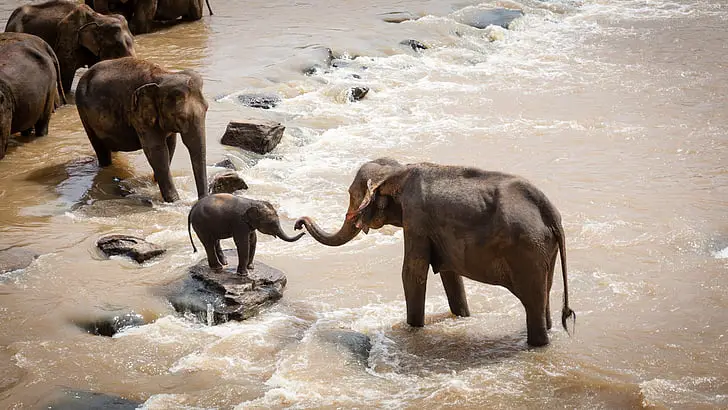
Elephants are known for their incredible capacity to work together, especially when rescuing a member of their herd in peril. Whether it’s a calf stuck in mud or an adult caught in a tough spot, the herd bands together to help. They use their trunks and tusks to dig, push, and pull, ensuring the safety of the troubled member. Such teamwork and dedication to each other’s well-being are reminiscent of human rescue efforts.
This cooperative spirit highlights the strong social bonds that elephants share, driven by a deep sense of empathy and duty. It’s not just about physical might but emotional strength, knowing that their efforts can save a life. This level of commitment to one another’s safety showcases a profound understanding of mutual care. It’s a trait that many people strive to cultivate in their own lives and communities.
5. Recognizing Emotional Needs
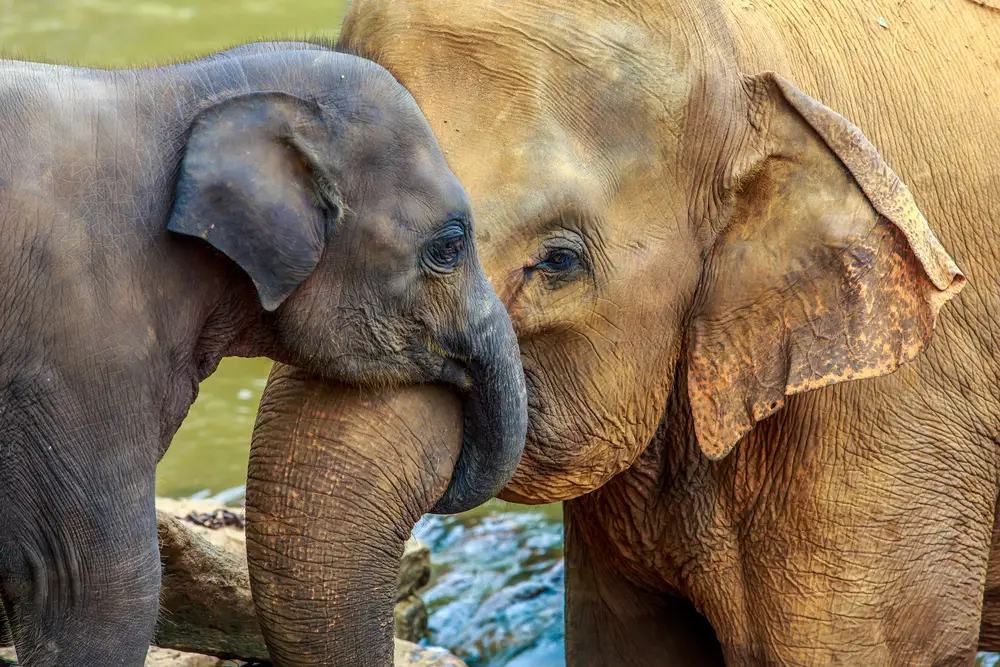
Elephants possess an uncanny ability to recognize the emotional needs of their peers, offering support when needed most. This can be seen when a member of the herd is separated or showing signs of stress; others will rally around to provide comfort. Whether through gentle touches or reassuring sounds, they communicate their understanding and readiness to help. This awareness of emotional states is a hallmark of their empathetic nature.
A study highlighted in National Geographic reveals that elephants can differentiate between various emotional cues, much like humans do. The research emphasizes their ability to interpret vocalizations and body language, responding in ways that demonstrate nuanced empathy. Such insight into others’ feelings is something that many people are still learning to perfect. It’s a testament to the emotional sophistication that elephants naturally exhibit.
6. Protecting the Vulnerable
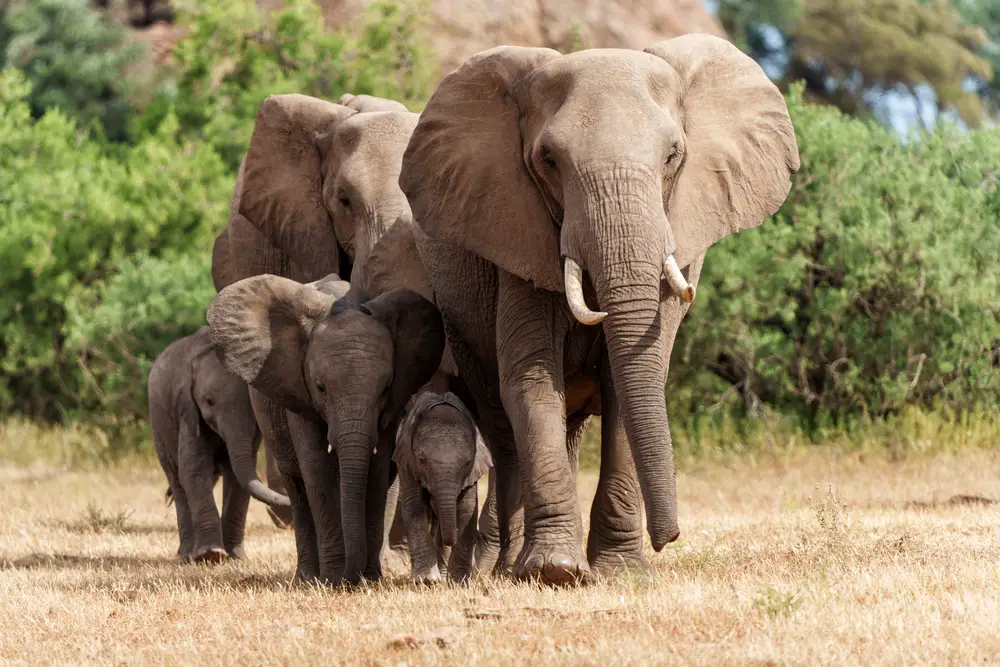
The protective instincts of elephants are not limited to their own species; they’ve been known to show concern for other animals in distress as well. When they encounter vulnerable creatures, elephants have been seen to alter their behavior to avoid causing harm. In some cases, they even attempt to assist other animals in trouble, showcasing a broad sense of empathy. This benevolent approach towards other species underlines a universal understanding of vulnerability.
Such actions reflect a deep-rooted ethical framework that governs their interactions with the world. While people often focus on their own kind, elephants extend their empathy beyond their immediate circle. This ability to perceive and act upon the needs of others, regardless of species, is truly remarkable. It serves as a reminder of the possibilities inherent in a compassionate worldview.
7. Sharing Resources
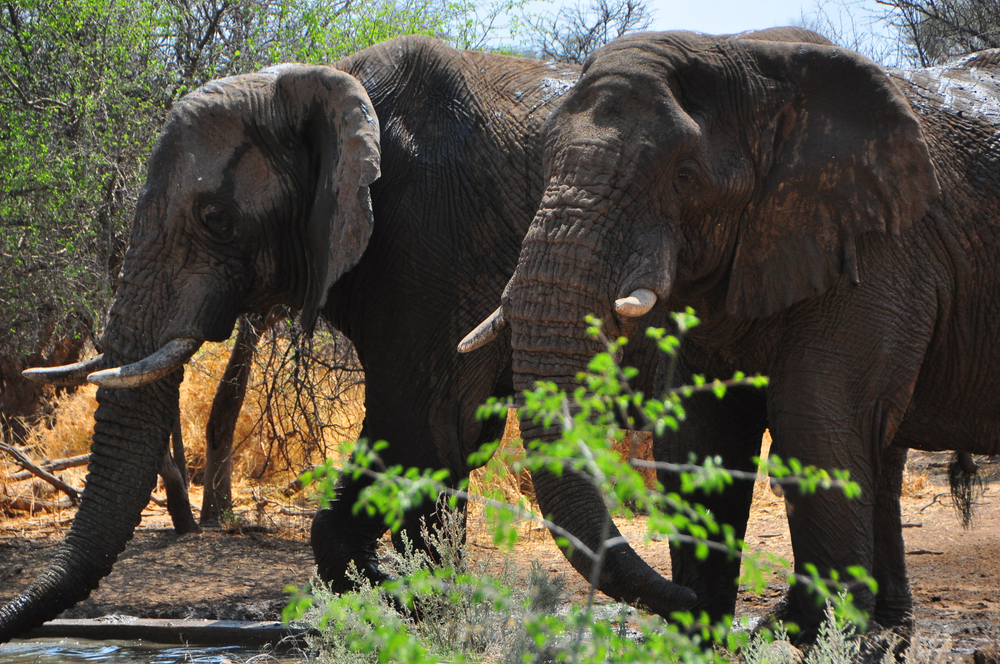
Elephants are known to share resources, especially in times of scarcity, ensuring the survival of their herd. Whether it’s water during droughts or food in barren landscapes, they prioritize the collective well-being over individual needs. This altruistic behavior underscores a sophisticated understanding of empathy and cooperation. Sharing resources is a trait that resonates with the idea of community and mutual support.
Research from the African Elephant Specialist Group highlights how elephants engage in resource-sharing behaviors that are vital for the survival of their herds. These findings suggest that elephants have evolved complex social strategies to navigate the challenges of their environments. Their willingness to share is not simply about survival but about maintaining strong social ties. It’s a lesson that echoes the importance of generosity and unity in human societies.
8. Celebrating and Bonding
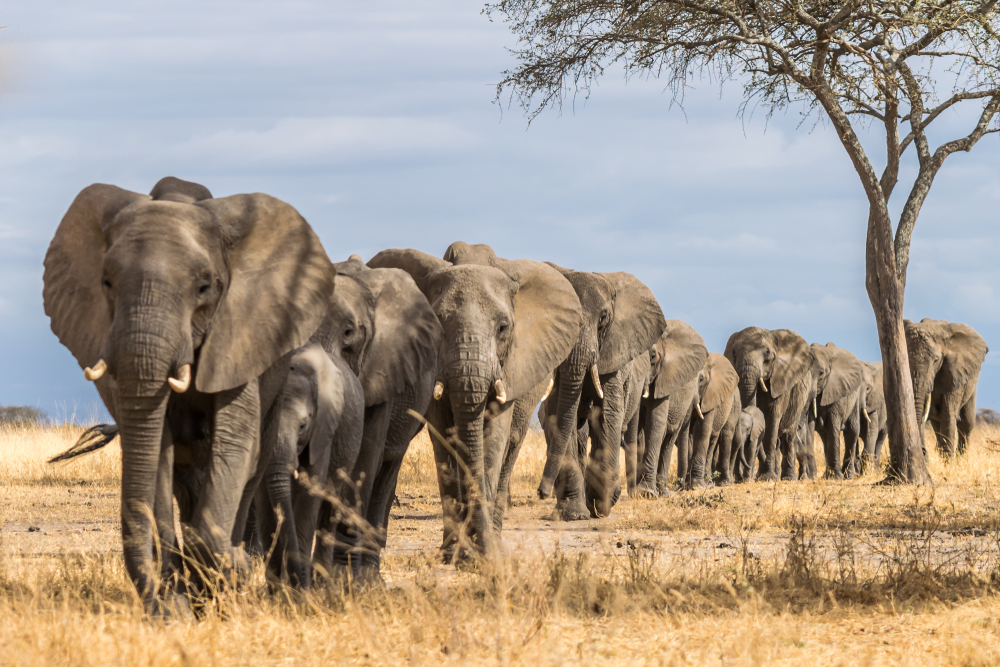
Elephants possess a unique ability to foster bonds through shared experiences and celebrations. Whether it’s a reunion after separation or a joyful moment in their habitat, they express happiness through vocalizations and physical interactions. Such celebrations strengthen their social bonds, reflecting a shared sense of joy that surpasses mere survival instincts. This shared happiness is akin to the way people celebrate life’s milestones together.
These bonding moments are crucial for maintaining the social harmony of the herd. Elephants thrive on these connections, which are nurtured through empathy and mutual care. This social fabric is not only essential for their survival but also for their emotional well-being. It’s an inspiring reminder of the power of shared experiences and collective joy.
9. Teaching and Learning
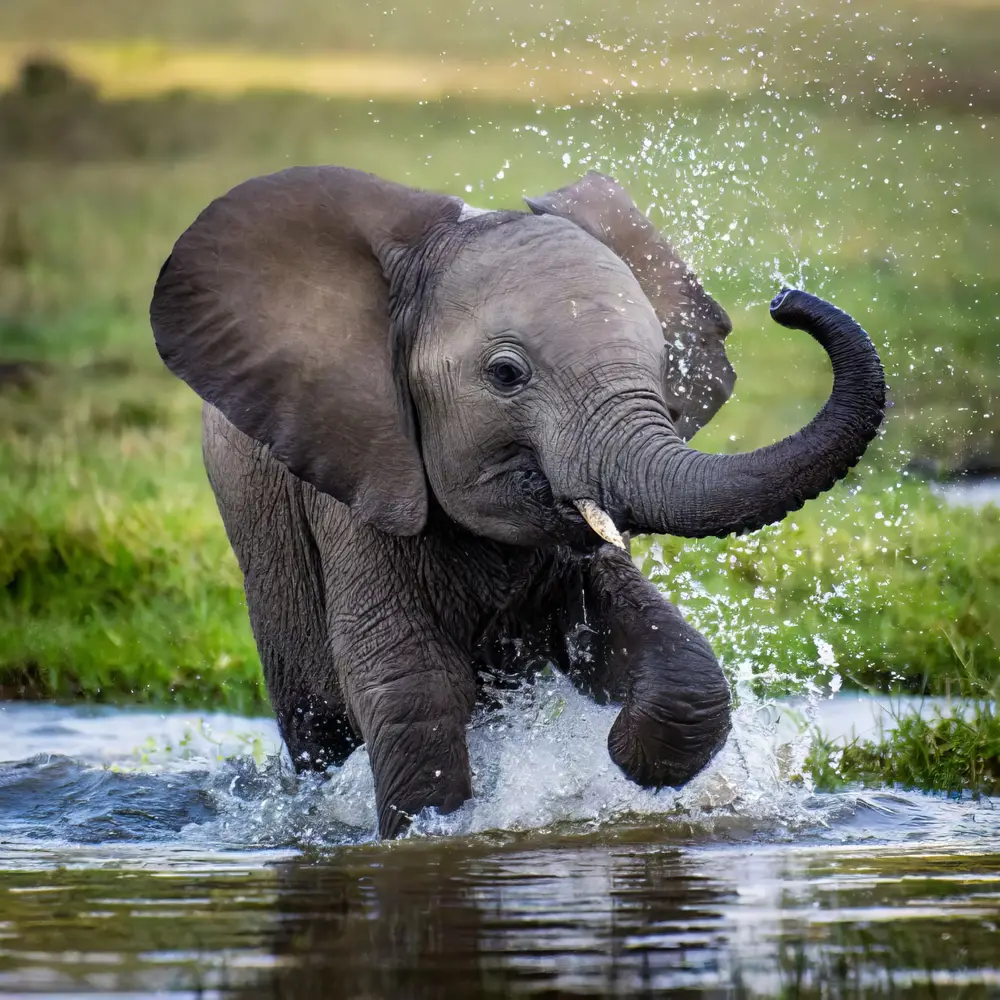
Elephants are exceptional at teaching and learning within their social groups, driven by empathy and understanding. Matriarchs and older elephants often guide the younger ones, imparting knowledge about survival, social interactions, and environmental cues. This mentorship is rooted in empathy, recognizing the needs of the younger generation to learn and thrive. It’s a dynamic that mirrors human practices of teaching and mentorship.
The learning process is not just about imparting knowledge but also about fostering emotional intelligence and social skills. Young elephants observe and imitate, honing their abilities in a supportive environment. This guidance is critical for their development, ensuring they grow into well-adjusted members of the herd. It’s a beautiful representation of how empathy fuels education and growth.
10. Remembering and Honoring the Past
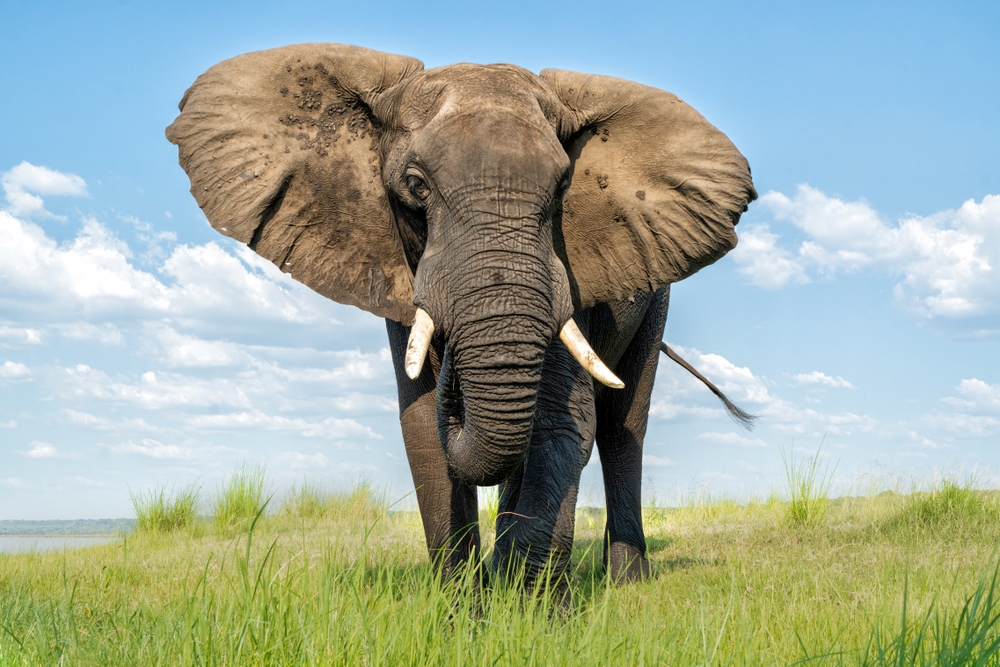
Memory and empathy in elephants are intricately linked, as they remember and honor the past with remarkable sensitivity. They have been observed returning to the sites where loved ones passed, touching bones and lingering in moments of reflection. This behavior signifies a deep emotional connection to their history and the members they’ve lost. It’s an understanding that the past shapes their present, a concept people often grapple with.
These acts of remembrance are not just about nostalgia but also about maintaining the social fabric of the herd. By honoring those who have passed, elephants reinforce the bonds that unite them. This reverence for memory and history is a powerful lesson in empathy and continuity. It’s a poignant reminder of how important it is to honor the past while moving forward in life.
